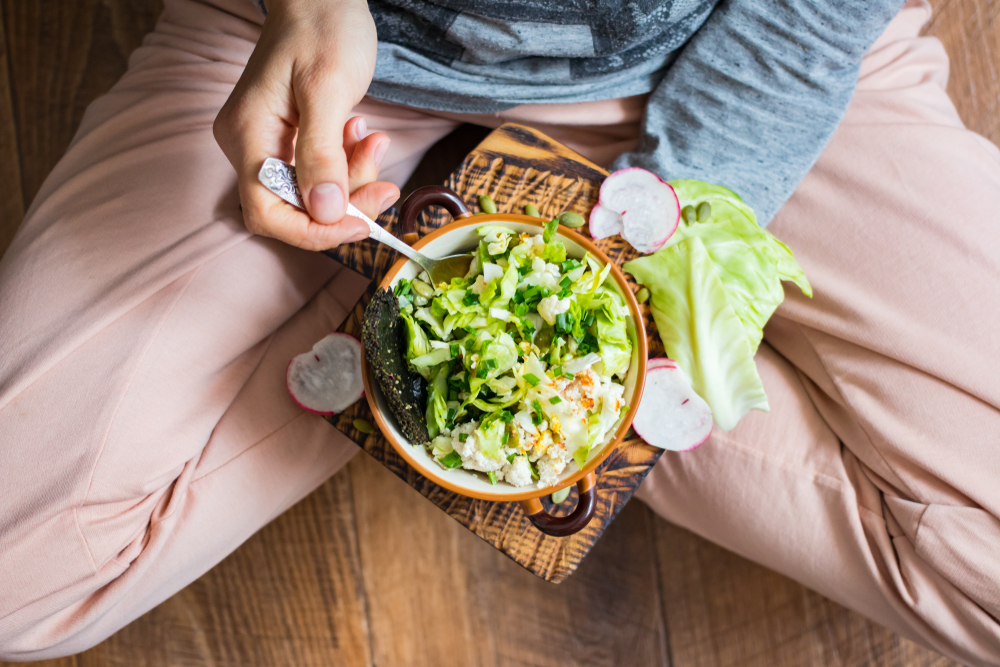Best ways to preserve food in your home
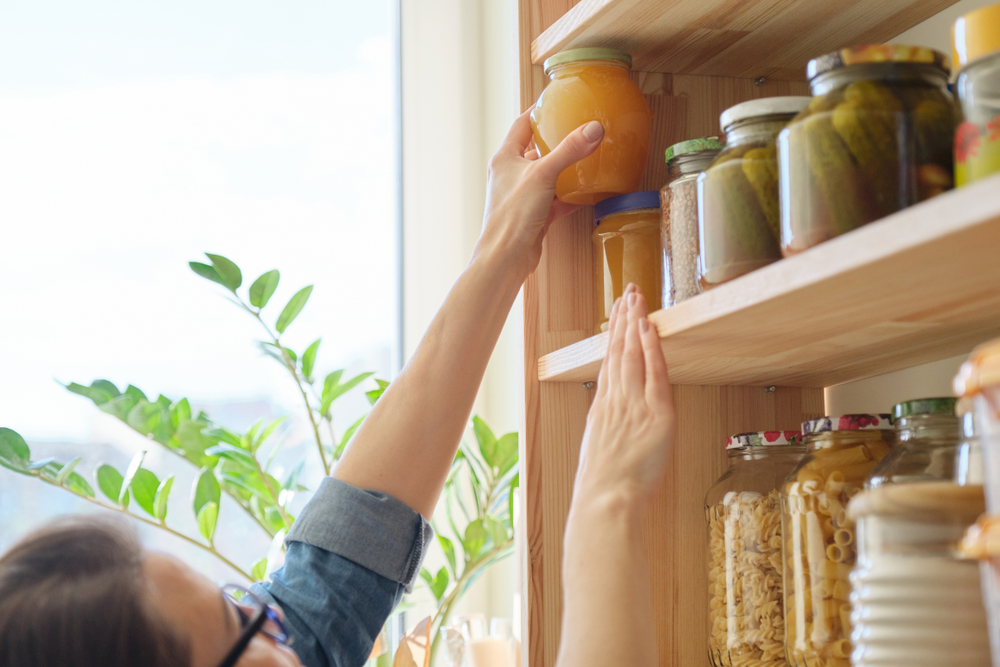
Storing food is something you have grown to do automatically. We use the same methods taught to us by our parents and grandparents. But can we really make our food last longer?
Here are the best ways to store food to ensure that it is safe, and it lasts as long as possible:
1. Storing meat, poultry and seafood
Uncooked meat, poultry and seafood can be stored in the refrigerator for maximum 2 days. It can, however, be stored for much longer in the freezer which can last for several months. At the same time, once the raw meat has been thawed, it shouldn’t be refrozen, and it can be kept in the refrigerator for maximum one day.
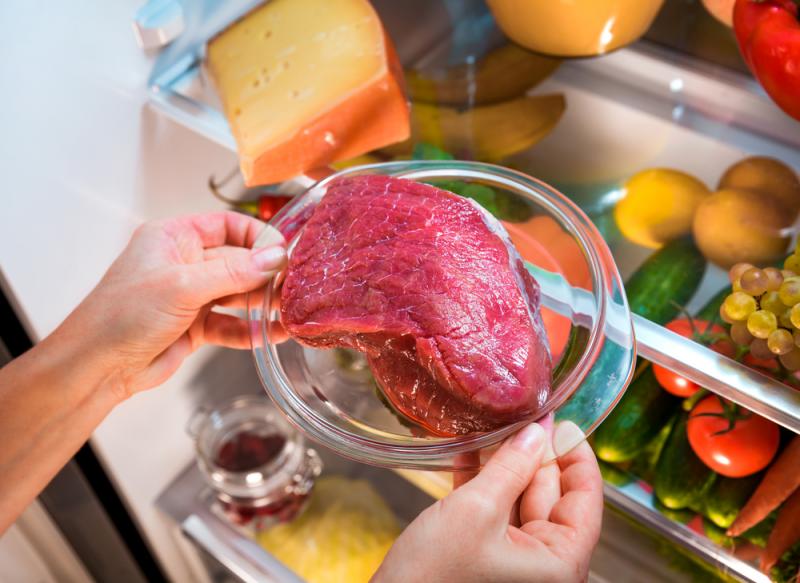
The best way to store thawed meat is to cook it any then refreeze it. For that reason, it is a good practice to separate the raw meat into small portions and store then in separate containers. That way, you can thaw the quantity you need exactly for you to cook every time.
Also, you need to make sure that your raw meat is properly covered and stored away from your cooked food especially in the refrigerator, as raw meat can contaminate food by dangerous bacteria, but cooked food is a worse hazard as it won’t be exposed to enough heat later on to kill the bacteria.
2. Storing animal products
Store -bought milk can be either UHT treated or pasteurized. Before opening, UHT treated milk can be stored at room temperature whereas pasteurized milk has to be stored in the refrigerator. UHT treated milk can last longer than pasteurized milk before and after opening. Milk can be frozen either to make frozen dessert or it can be thawed later for drinking. However, its taste and texture might be affected.
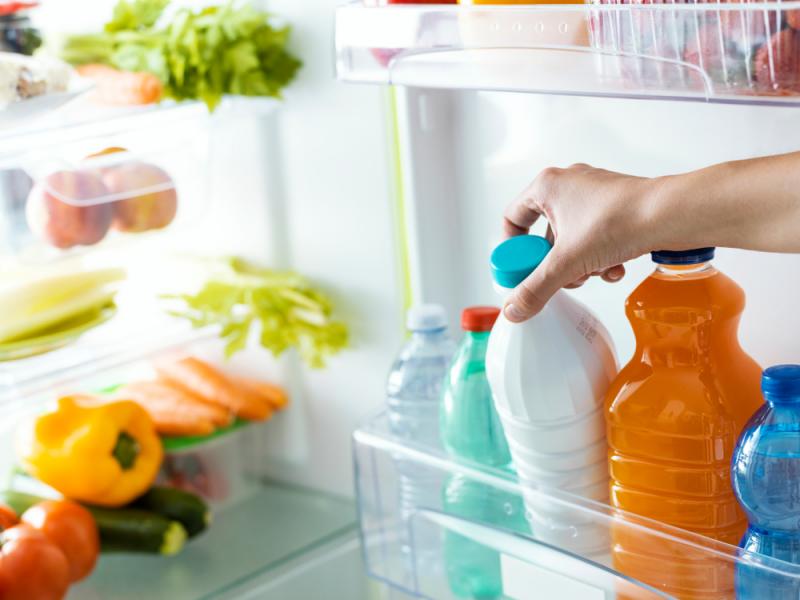
Butter and yogurt should be stored in the fridge whereas cheese can either be stored in the fridge or in room temperature, depending if it is hard or soft. Soft cheeses should always be stored in the fridge and hard ones can stay OK if stored in room temperature.
In case of eggs, this can depend on the country in which you’re living or how it is processed by the farm or factory from where you buy them. That’s because in some places, eggs are washed to prevent contamination with Salmonella, but at the same time this process damages the cuticle of the egg (an invisible, very thin layer that coats the shell of the egg) which makes it easier for harmful bacteria to proliferate the shell and enter the egg. So, in this case, eggs are recommended to be stored in the refrigerator.
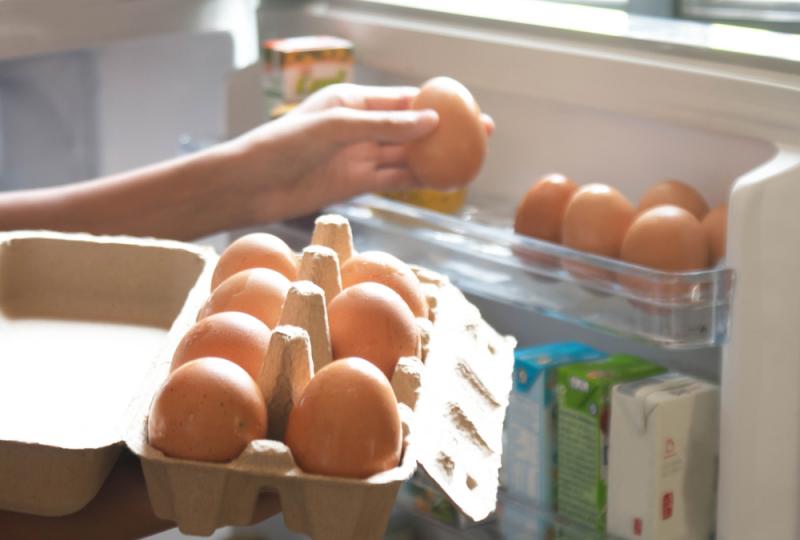
It’s best to store eggs in the back of the fridge not the door to prevent the temperature fluctuation that can occur when you open and close the door of the fridge constantly. Temperature changes can increase bacterial activity.
Eggs stored properly can last way before their “best before” date, the only issue might be that it can decrease in its quality as it might just dry up eventually.
If where you live, eggs are not washed during processing and are handled carefully, you can store them at room temperature. But in this case, they can go bad faster than if stored in the refrigerator.
Egg whites and yolks can be stored separately and either refrigerated or frozen and they can last up to 12 months in the freezer, but full eggs in the shell shouldn’t be frozen.
3. Storing canned and processed products
When unopened, canned foods can be stored in a cool and dry place for years. But to be completely sure that you can do that, always inspect the can/ package of the food before buying. There should be no dents on the can. It also shouldn’t be swollen or rusty and the seams are not damaged.
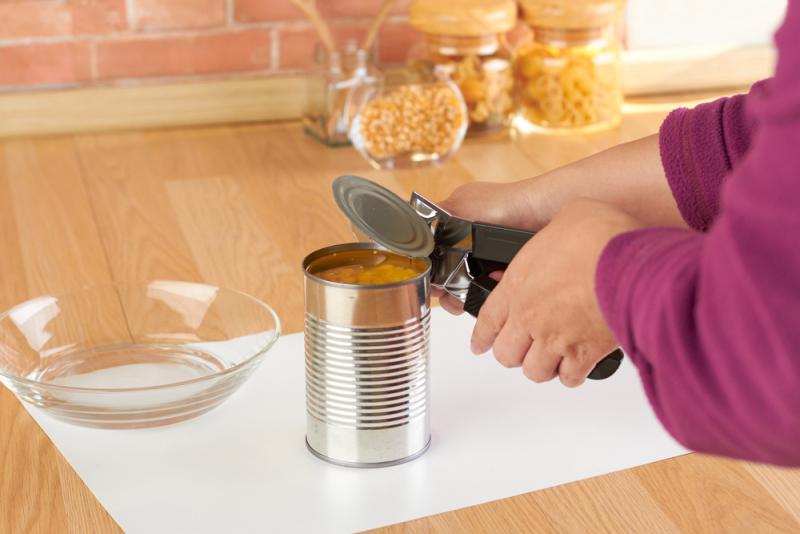
Once opened, the food should be stored in the refrigerator, and should be treated as fresh food. It is recommended to store it in a clean glass or plastic container with a tight lid to preserve its optimal quality instead of keeping it inside the same tin can.
4. Storing “dry” foods
Dry foods are shelf-life stable and can be stored for many years provided that the place in which they are stored is clean and dry. Exposure to water or humidity can cause the food to spoil much faster.
Even though dry foods can be stored for a very long time, they can get too dry to be rehydrated after a while. In that case, you can always grind them and use them as flour.
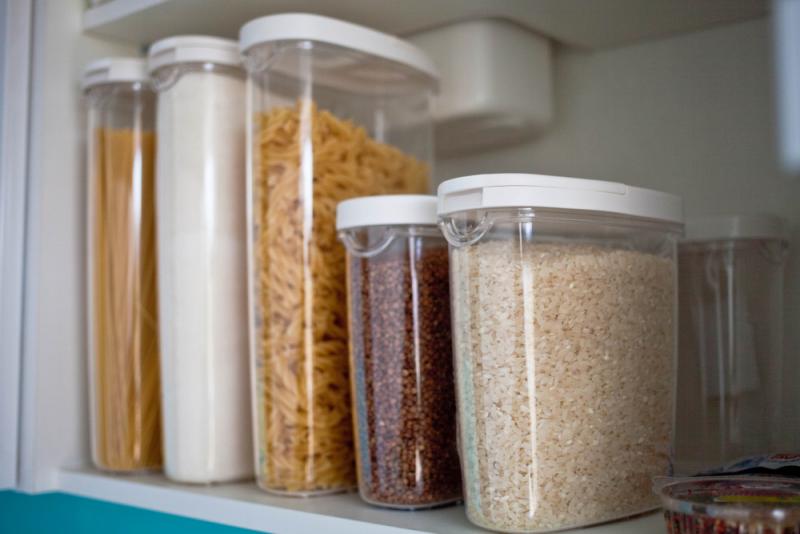
Flour can usually last for up to one year when stored in the refrigerator once opened. However, if you don’t have enough space in your fridge, it can still last for up to 8 months if stored in a tight container in a cool dry place.
There are many types of flour based on of which they are made. There is different shelf -life for these different types. As a general rule of thumb, the more processed food is, the longer it lasts. So, whole wheat flour goes bad faster than refined/all- purpose flour. When it goes bad, the texture and color of the whole wheat flour change and it starts to smell rancid.
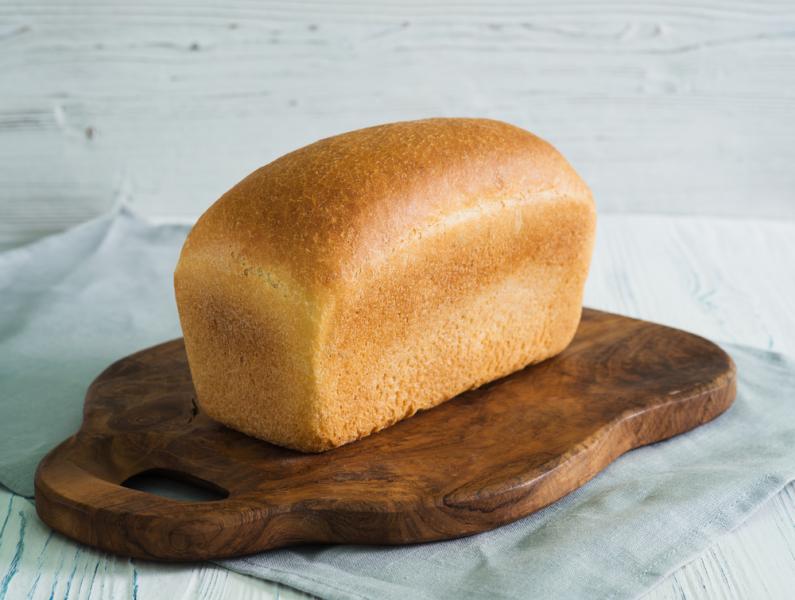
The same rule is applicable to pasta and rice. Whole wheat pasta and brown rice last less than their refined counterparts. And once they go bad, their color, texture and smell also change.
Whole bread loaf lasts longer before it’s sliced. So if you usually buy a lot of bread or you don’t eat it right away, it is better to buy a whole non-sliced loaf, and always cut down the amount you need and keep the rest tightly wrapped.
And if you want your bread to last longer, always freeze it and don’t refrigerate it. Freezing bread keeps its quality for a much longer time compared to refrigerating it.
5. Storing of fresh fruit and vegetables
-
Garlic and onions can be stored next to each other at room temperature in a dark dry place. Placing them in the fridge can cause them to turn mushy faster.
-
Potatoes should also be stored at room temperature and not in the fridge as it causes starches to turn into sugars and that affects their taste and texture.
-
In case of carrots, the other popular root vegetable, it is best to cut off any green tops as they pull the moisture from the carrot, then storing them in a sealed bag in the refrigerator.
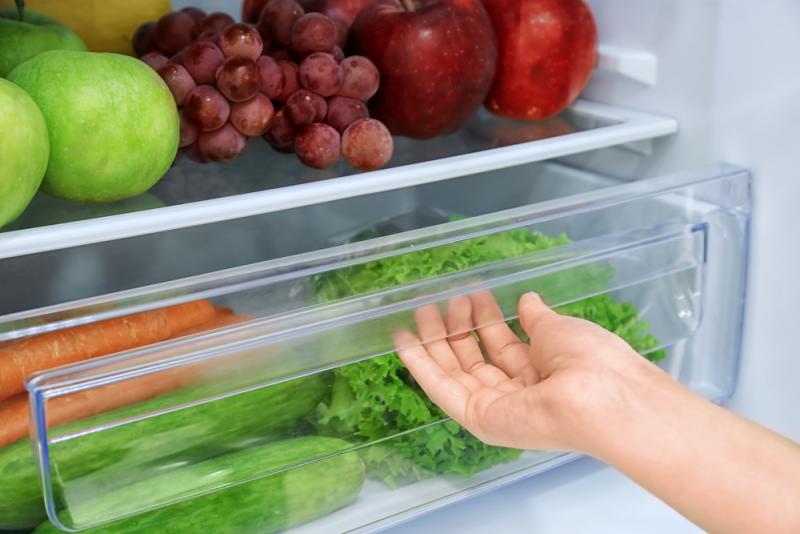
-
Tomatoes and bananas can be stored on the tabletop at room temperature if they still further ripening. Once fully ripened, they can be stored in the fridge to slow down any further ripening. And in case of bananas, even though it can turn black in the fridge, the flesh can still remain good for a couple of days.
-
Certain fruits and veggies produce ethylene gas which causes ripening. Others are sensitive to ethylene gas. So, placing an ethylene gas producer next to an ethylene gas sensitive can speed up the ripening of the later. Be mindful of that when you store fruits and veggies next to each other if you don’t want them to ripen quickly.
Examples of ethylene gas producers: apples, avocados, bananas, cantaloupe, kiwi, peaches, pears, peppers, tomatoes.
Examples of ethylene gas sensitive: apples, asparagus, avocados, bananas, broccoli cantaloupe, eggplant, grapes, kiwi, lemons, lettuce, limes, mangos, onions, peaches, pears, peppers, sweet potatoes, watermelon,
Final note: For more specific information about the shelf-life of specific types of food, you can visit https://www.foodsafety.gov/keep-food-safe/foodkeeper-app
References:
- How Long Do Eggs Last Before Going Bad? (September 13, 2017). Taylor Jones. Healthline. https://www.healthline.com/nutrition/how-long-do-eggs-last
- Bread Products. Food Preparation and Cooking (1992) Roy Hayter. pp 29-32.
- Canned foods: purchasing and storing (January 2017). Food Standards: Australia and New Zealand. http://www.foodstandards.gov.au/consumer/safety/cannedfoods/Pages/default.aspx
- Dry bean storage (September 16, 2016). Karen Fifield. Michigan State University. https://www.canr.msu.edu/news/dry_bean_storage
- Ethylene in Fruits and Vegetables (2017). UC San Diego School of Medicine. https://ucsdcommunityhealth.org/wp-content/uploads/2017/09/ethylene.pdf








